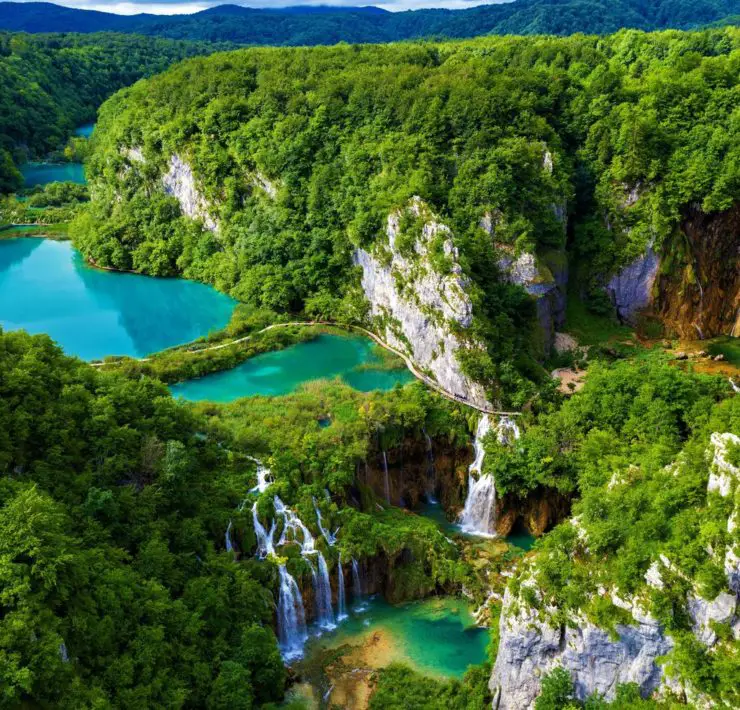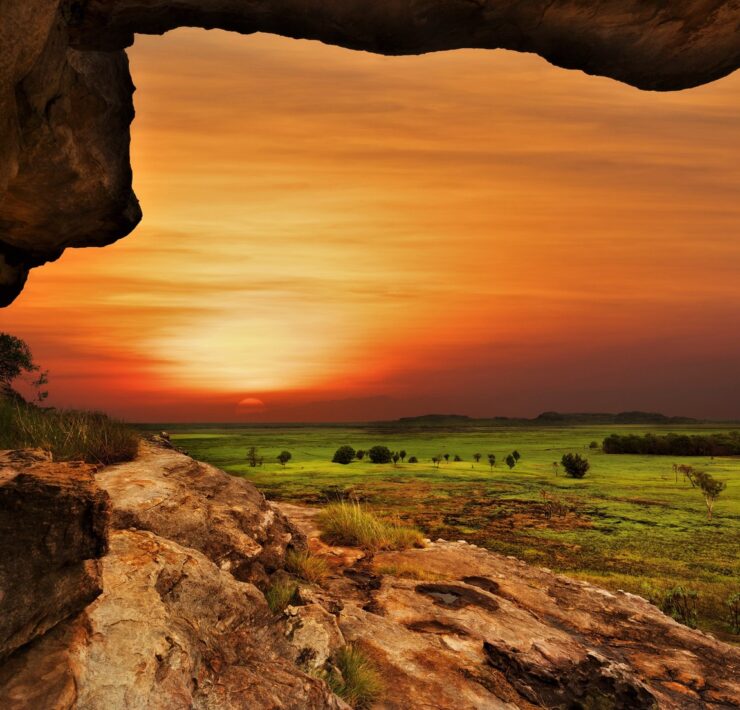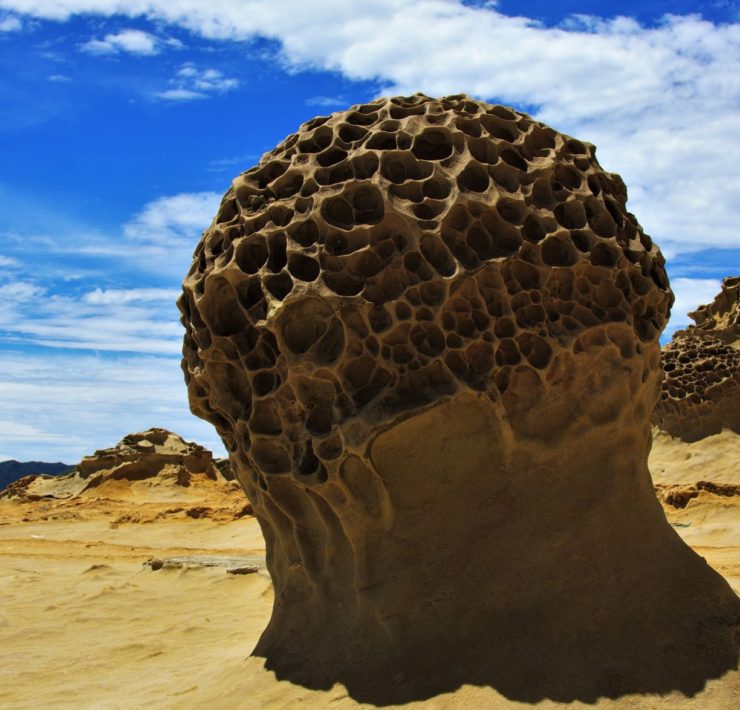In the middle of a desert in Turkmenistan, there is a large hole crackling ablaze with burning sulfur, which locals call the Door to Hell. But while it does appear like what the Gates of the Underworld might look like in real life, this fiery pit is actually just a result of a Soviet science experiment in the 1970’s.
The Door to Hell is located in a natural gas field in Derweze in the Ahal Province, which was first identified by Soviet scientists in 1971. Believing it was a rich oil deposit, the team started drilling operations to assess the site’s potential. While the geologists were pleased by their substantial findings, the ground beneath the drilling rig and the campsite collapsed, swallowing everything into a deep crater as huge as 70 meters in diameter.
No lives were lost, yet large amounts of methane gas were released into the air posing a potential threat to the nearby villages and to the environment. Postponing the extraction, the scientists decided to set the pit on fire to consume the poisonous gas, but while they expected the fuel to run out after only a week, the crater continued burning non-stop for over 40 years.
As of 2014, the government is planning to close the site down to prevent its release of toxic gas. But in the meantime, the Door to Hell attracts a major tourist population fascinated by the endless burning flames, wondering if it truly is a passageway to Hell.
When On Earth Magazine is for people who love travel. We provide informative travel guides, tips, ideas and advice regarding places to see, things to do, what to taste, and much more for world travelers seeking their next dream vacation destination.






